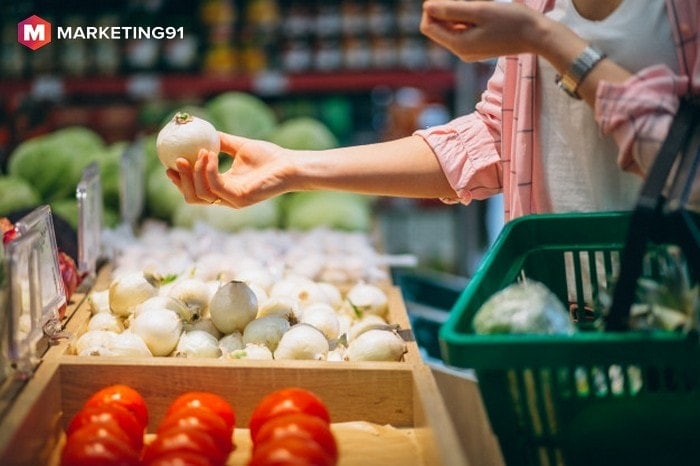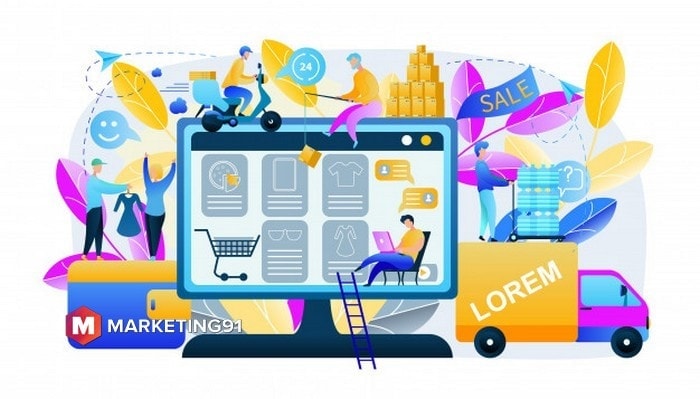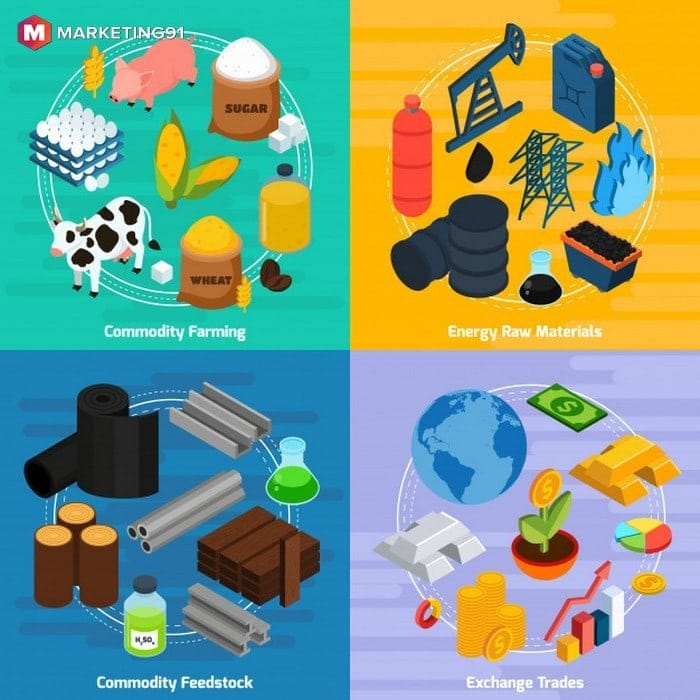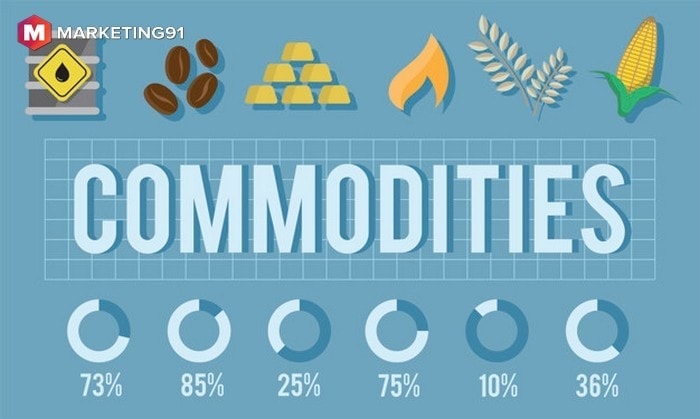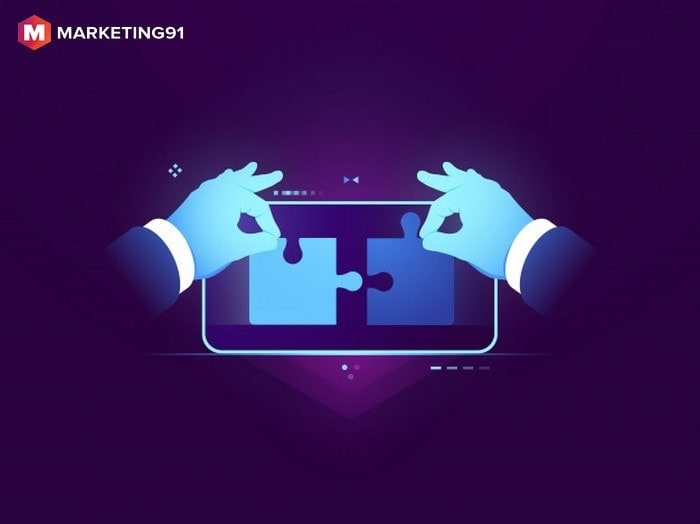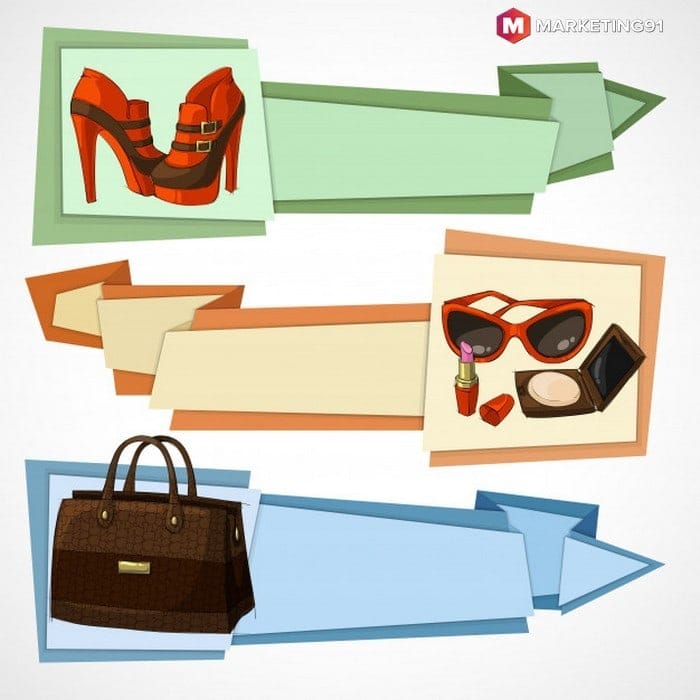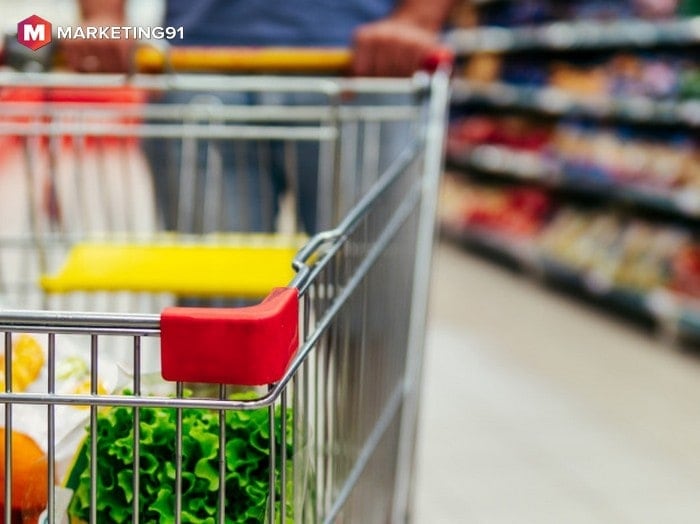Goods are the things that people use to satisfy their needs or wants. Goods can be of different types and can be produced through different methods such as production processes in the factory, agricultural procedures, mining activities, manufacturing, etc.
There are different types of goods. In this article, you will learn about several different types of goods.
Table of Contents
#1. Digital Goods
The first type of goods on our list is “Digital goods.” This type of goods is also referred to as the goods of the modern era. These are the which are produced using information technology and are delivered through computers or other digital devices (like mobile phones, etc.).
There is no exchange of physical goods. The prominent examples of digital goods can be information, knowledge, eBooks, soundtracks, movies, wallpapers, photos, graphic designs, websites, digital study material, online games, software, mobile apps, data, consultation, cloud storage services, online educational material, etc.
#2. Consumers’ goods
Consumer goods are those goods that are sold on an individual basis to people rather than selling to businesses. These products are used or consumed by people and are not bought to sold further.
For example, automobiles, household appliances, furniture, mobile homes, etc.
#3. Virtual Goods
Virtual goods are goods that do not have any relevance in the real world. These goods may have importance in the virtual world but are of no use in the real world.
For example, gift codes in mobile games, the farm is the property of the owner in an online Farmville game, a game character in a mobile game, etc.
#4. Capital Goods
Capital goods are the goods that are used to produce other goods and services. These goods are of no use alone. These goods are different from consumer goods and are used to produce consumer goods.
Examples of capital goods can be spare parts for automobiles, cotton for producing clothes, sugarcane to produce sugar, glass to make utensils, software, hardware, etc.
#5. Veblen Goods
Veblen goods are luxury goods that have high demand when sold at high prices. This type of goods is an exception in supply and demand for economics.
There is a high demand for Veblen goods when they are sold at a high price because people have a mentality that the goods with higher prices are good in quality and such goods make them look good in society.
Examples of this type of goods are designer clothes, branded clothes, luxury cars, luxury furniture, etc.
#6. Commodities
Commodities goods are goods that are slightly different from one another but serve the same purpose. The producers of these commodities items don’t have control over the price policy of the product, and they have to adjust the price of the product as per the market.
People usually buy products that are of the cheapest value. Examples of this type of goods are gold, energy, food items, etc.
#7. Unsought Goods
Unsought goods are goods that are new in the market or which are not popular among the people. They are called unsought goods because of the risk of swelling associated with them.
For example, when conditioners were introduced in the market a decade ago at that time people were not familiar with the benefits of using conditioners, and another example of unsought products is hand sanitizers earlier people were not aware of the uses and usefulness of them, but now they have become one of the important need of people.
#8. Complementary Goods
Complementary goods are those goods which sold together or are sold in a group. Need for one good results in need of another good. Therefore, the producers of goods are also the same.
Examples of complementary goods are mobile phones, chargers and earphones, shoes and protection sprays, Movies, popcorn, cold drinks, games and games consoles, bottled water, flights, etc.
#9. Superior Goods
Superiors goods are the goods that take up the maximum portion of a person’s income. The biggest portion of a person’s income goes into buying superior goods. These goods are usually expensive and are high in quality.
Examples of this type of goods are specialty foods, air transportation, luxury cars, luxury services like a foot massage, spa, products like gold and diamond jewelry, expensive entertainment tickets like opera tickets, etc.
#10. Consumer Discretionary
Consumer discretionary are those products that are not needed by people, but people buy them out of choice. People do not buy these types of goods regularly, and they even sometimes delay the purchase of such products if they are tight on budget or in a bad financial position.
The profits of companies that produce such goods get affected when a recession hits and rises during the surge season. Examples of consumer discretionary goods are footwear, luxury goods, electronics, automobiles, house renovation, art, entertainment, etc.
#11. Substitute Goods
Substitute goods are those goods that fulfill the demands of one another. When a consumer buys one product, the demand for another product reduces. For example, the demand for rice reduces when a person buys wheat.
Chewing gums or laptops of different brands are substitute goods for one another.
#12. Durable goods
Durable goods are those goods that can’t be consumed all at once. These goods once bought can last for a long period, and there is no need to buy these goods frequently.
Examples of these goods are land, household equipment, furniture, house construction, furniture, jewelry, books, machines, appliances, etc.
#13. Search Goods
Search goods are the type of goods that can be evaluated before making a final purchasing decision. People can read reviews online about the product or can ask for their known’s experience with the product.
Example of this type of goods is automobiles, restaurants, electronics, games, etc.
#14. Experience Goods
Experience goods are the goods that are considered the contrast of search goods. That means it is not easy to evaluate the quality of the goods before making a purchasing decision. People can know about the quality of the product once they experience it or use it.
Examples of experience goods are a haircut, treatment at a hospital, medicine, food, and services at a restaurant, hotel, self-help books, movies, etc.
#15. Perfect Substitutes
Perfect substitutes are goods that are impossible to differentiate. Therefore, it is difficult to build a brand name in the sales of these products.
Examples of perfect substitutes are electricity supply from two different suppliers, gold from two different brands, and construction material from two different brands.
#16. Fashion Goods
Fashion goods are those goods that are associated with the fashion industry and are worn by people. Examples of fashion goods are apparel, clothes, footwear, sportswear, activewear, jewelry, bags, other accessories, etc. When income rises, people prefer buying such goods.
#17. Necessity Goods
Necessity goods are the goods whose purchase does not get affected by the recession times. People even buy necessity goods when their income reduces, and they don’t spend extra on necessity goods when they get a rise in income.
Examples of these types of goods are food items like rice and wheat grain, transportation, utilities like power and water, medicines, education, services, etc.
#18. Fast Moving Consumers’ Goods
Fast-moving Consumers goods are also referred to as non-durable goods. FMCG goods are those goods that are consumed fast, and there is quite a high rate of repurchase of such goods.
Therefore, companies that produce such products are required to pay special attention to marketing, advertising, and branding strategies to get a competitive edge.
Examples of these types of goods are fast food items, processed food items, cosmetics, toiletries, frozen foods, baked foods, beverages, office supplies, cleaning supplies, clothes, etc.
#19. Merit Goods
Merit goods are those goods that people might not find necessary to buy, but the government views them as essential goods for people. Therefore, the government encourages people to buy these goods by providing them with incentives, subsidies, etc.
Examples of these types of goods are healthcare, nutrients, public transportation, education, sports and recreation, safety equipment, housing, etc.
#20. Knowledge Products
Knowledge products are those products that are considered useful by people because of their value. People spend without thinking about the products that they think have importance.
Such products are quite useful for the economy of a country. Examples of this type of product are engineering, science, people with talent and skills, art, media, information, data, etc.
#21. Intangible Goods
Intangible goods are those goods that are not sold in physical form. These things could be services or virtual product that might have a great need in the virtual world but does not have a physical structure.
Examples of intangible goods are education, knowledge, skills, media, software, culture, public goods, business services, digital experiences, financial services, advice, consultation, etc.
#22. Finished Goods
Finished goods are those final goods that are at the last stage of manufacturing and are ready to be sold to the final consumer. You also need to understand here that a final good does not need any further processing.
#23. Inferior Goods
Inferior goods or services are those goods that people don’t buy when their income increases.
For example, staple foods like wheat, rice, or potatoes are inferior goods that people usually don’t eat when there is a rise in their income, or people eat less fast food when they have money to purchase a complete meal.
#24. Public Goods
Public goods are those goods that one can’t buy with money. All people can consume these goods equally, and no one can stop others from using these goods. This type of good is considered nonrival as well as non-excludable.
Examples of these goods are knowledge, fresh air, streets, roads, sunlight, national defense, lighting, etc.
#25. Common Resources
Common resources are a little different from public goods. These goods are non-excludable but are rivals. That means the number of common resources reduces for one person when other persons use it.
Therefore, these resources are considered precious and are used with great care. Examples of this type of goods are freshwater, pasture, seafood, fruits, timber, etc.
#26. Convenience Goods
Convenience goods are the goods that people regularly use and hence buy frequently. These types of goods are usually sold at convenience stores. There are thousands of examples of convenience goods.
A few of them are bread, eggs, soap, napkins, toilet paper, cigarettes, magazines, medicines, cold drinks, candies, ice creams, flour, salt, sugar, etc.
#27. Private Goods
Private goods are another key category in the spectrum of types of goods. These are products or services that are typically bought and used by an individual or a corporation, thus making them excludable.
This means access to a private good can be limited or restricted to specific parties. In addition, private goods are also considered rivals in consumption, implying that the use of such goods by one party limits its availability to others.
#28. Club Goods
Club goods, sometimes also referred to as collective goods, are those that can only be consumed by a limited group of people. These goods are excludable but non-rivalrous.
Examples of a club good include cable TV, swimming pools, streaming services, toll roads, etc.
#29. Normal Goods
Normal goods refer to items that people typically prefer when their income increases. This type of good is divided into two categories- luxury goods and necessity goods.
Luxury goods are those that people can indulge in but do not necessarily need for survival, such as jewelry, fashion accessories, or high-end cars. Necessity goods are basic products that a person requires for their daily life, such as food, clothing, or shelter.
#30. Economic Goods
Economic goods are those that can be bought and sold in the market. This category includes both tangible and intangible items.
Examples of economic goods include shares, stocks, currency, land, buildings, machinery, and intellectual property rights such as patents or copyrights.
Difference between Private and Public Goods
- Private goods are those that can only be consumed by one individual at a time, while public goods are non-excludable and available to everyone.
- Private goods usually have to be purchased before they can be enjoyed, whereas public goods don’t need to be bought and can still be consumed without any exchange of money.
- Examples of private goods include cars, houses, and appliances while public goods include street lighting, public or national parks, and clean air.
Capital Goods vs. Consumer Goods
- Capital goods refer to the manufactured products that businesses utilize to produce either consumer goods or other capital goods.
- On the other hand, consumer goods are products that are directly used by consumers.
- Examples of capital goods encompass structures, machinery, and tools, while consumer goods encompass items like food, appliances, clothing, and automobiles.
Rival Goods vs Non-Rival Goods
- Rival goods are those that can only be consumed by one person at a time, while non-rival goods can be enjoyed simultaneously by multiple people without diminishing the enjoyment of others.
- Examples of rival goods include food and water, while non-rival goods encompass knowledge, internet, and radio stations.
FAQs
1) How do types of goods impact consumer behavior?
Answer: Different types of goods can have a significant impact on consumer behavior. For example, luxury goods may influence a person’s purchasing decisions because they are seen as status symbols, while necessities such as food or clothing may be purchased due to their practicality and affordability.
2) What is the difference between economic and non-economic goods?
Answer: Economic goods are those that have a market value and can be bought or sold, while non-economic goods are items that cannot be exchanged for money. Examples of economic goods include shares, stocks, currency, land, and buildings, while examples of non-economic goods include air or a sunset.
3) How do types of goods affect supply chain processes?
Answer: Different types of goods can affect the supply chain in numerous ways. For instance, certain types of raw materials may have a longer manufacturing process than others and thus require additional resources or time to be completed. Additionally, different types of goods might require different storage methods or packaging, which can also increase the complexity of the supply chain.
Liked this post? Check out the complete series on Marketing

